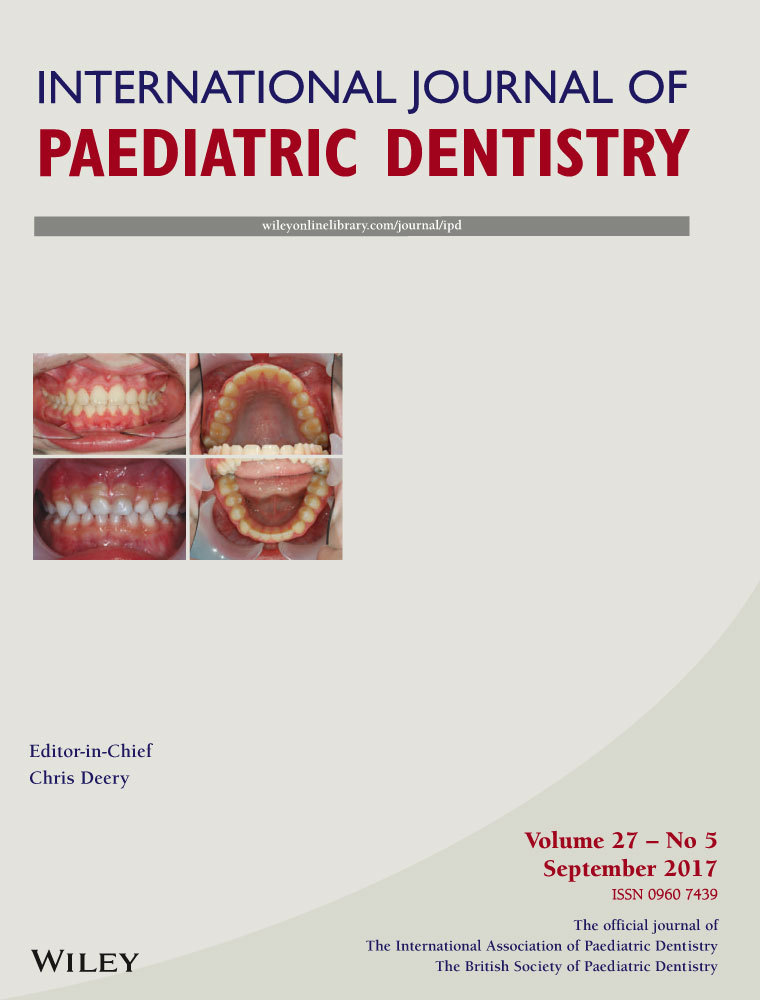Oral literacy demand in the pediatric dental clinic: a pilot study
Abstract
Background
The parent's ability to obtain, process, and understand important oral health information (i.e., their oral health literacy) is directly related to their child's oral health status.
Aim
To assess the relationship between oral literacy demands placed on parents by dentists and parents’ understanding of dental information given to them.
Design
Thirty-one consenting primary caregivers of children attending their first dental visit completed a demographic survey, a REALD-30 test, and a survey to test understanding of dental information. Dental appointments, performed by eight pediatric dental residents, were audio-recorded and transcribed for qualitative analysis and descriptive statistics.
Results
Factors associated with language complexity were significantly higher in dental residents (R) than participants (P), that is, total number of words spoken (R: 1615.09 + 859.91 vs P: 480.68 + 232.034) and words per sentence (R: 8.82 + 1.74 vs P: 4.91 + 1.71). Speaking turns did not differ between resident and parent (R: 94.64 vs P: 83.27).
Conclusions
Although the dialogue between the participating dentists and parents was highly unequal, parents understood about 86% of the information provided by the resident. Future studies are needed to identify factors associated with gaps in the educational process of parents in the dental setting.




